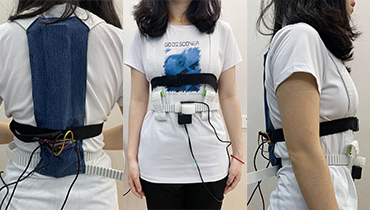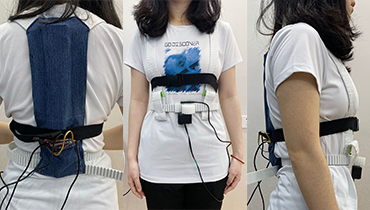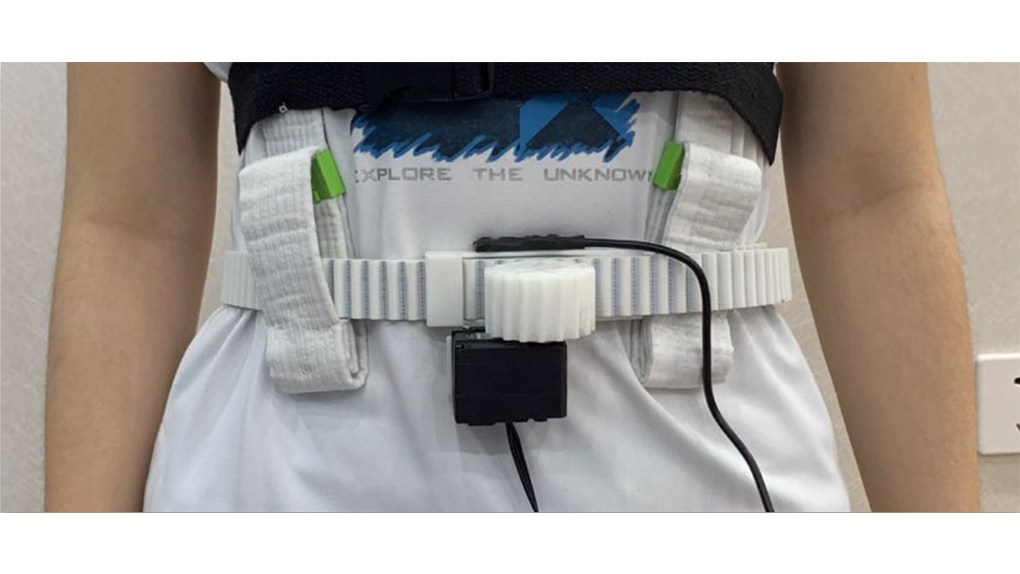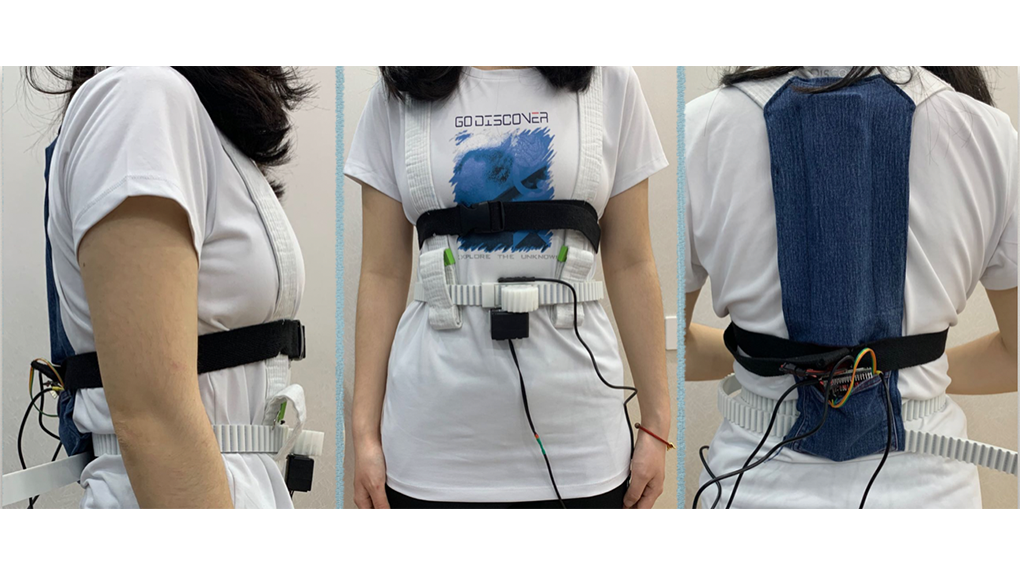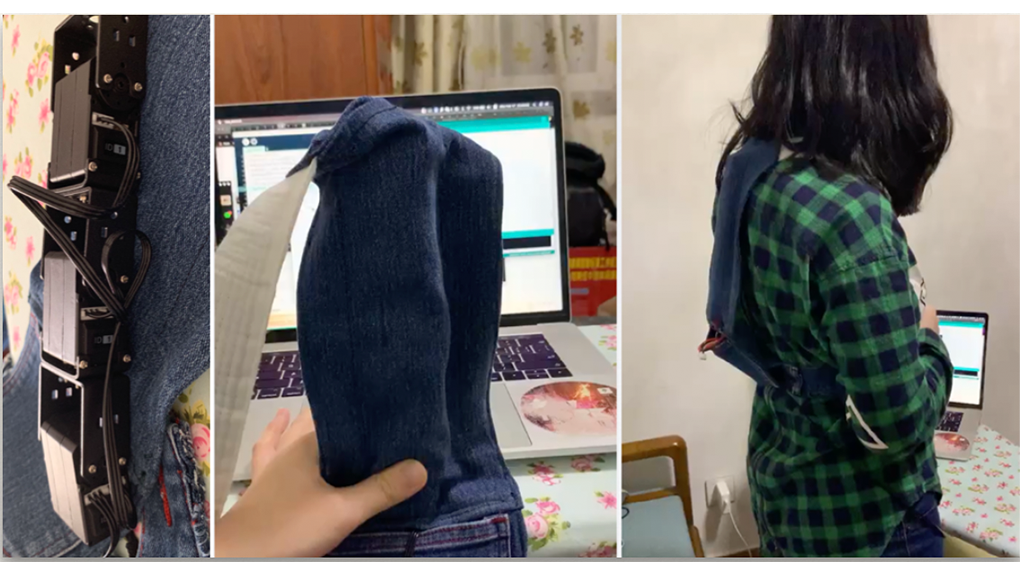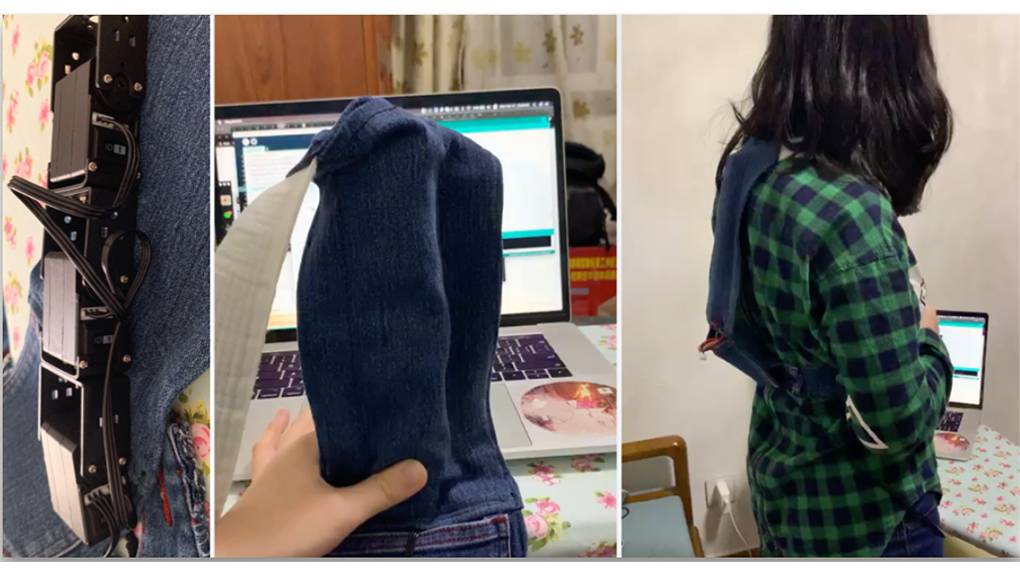A haptic interface for breathing guidance in flute learning.
Yinmiao Li
Description
Haptic devices have made improvements in music learning. They can resolve the problems of space and time constraints in traditional learning methods and reduce the difficulties of learning music notations and terms. Previous haptic systems for flute fingering position learning proved that the learning rate is faster, and forgetting chance shrinks compared with learning from videos. However, flute performance consists of fingering and breathing. And existing haptic interfaces deal with fingering positions only. Research on technological-aided breathing guidance is mostly visual guidance or audio guidance. Haptic interfaces related to breathing were not used as guiding methods but mainly used to measure the people’s body position while breathing and provide feedback accordingly. Therefore, I intend to expand the flute learning from partial haptic guidance to full haptic guidance. This research will design a haptic interface for breathing. And this breathing guidance interface is a wearable device that is used to haptically instruct flute learners only on breathing control for playing the flute. The device leads the flute beginners breathing at the precise point during the song. The research intends to examine the users’ acceptance of using haptic guidance methods for breathing. This study not only provides a more convenient and accessible learning method for people with interests in flute or wind instruments but also has the potential to be applied to breathing guidance in the medical field.

